Tenuta Regaleali, or Tasca d’Almerita makes some interesting Sicilian wines
It is a dramatic, mountainous landscape. In the distance the sheep are grazing quietly and olive and almond trees mix beautifully with the vines. We are standing here with Laura Orsi, oenologist and winemaker, looking out over the big estate of Tenuta Regaleali.
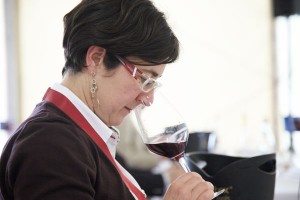
“Here at Regaleali we are 550 meters above sea level,” says Laura. “Our vineyards begin at 350 meters and go up to 800 meters. A high altitude is important for all grapes but especially for the whites because the coolness of the high altitude gives freshness and delicate flavors. But it is also good for red grapes, because it gives the red wines a good ageing potential and a good acidity, unlike the wines made on the coast.”
A high altitude is important for all grapes but especially for the whites because the coolness of the high altitude gives freshness and delicate flavours.
Tenuta Regaleali is something of a quality reference for Sicily. For a long time it was more or less the only producer in Sicily worth knowing about. Now a lot of producers in Sicily are making interesting wines but Regaleali is still quite alone when it comes to this location. Regaleali is situated smack in the middle of Sicily, while everything else on this island seems to be concentrated to the coasts.
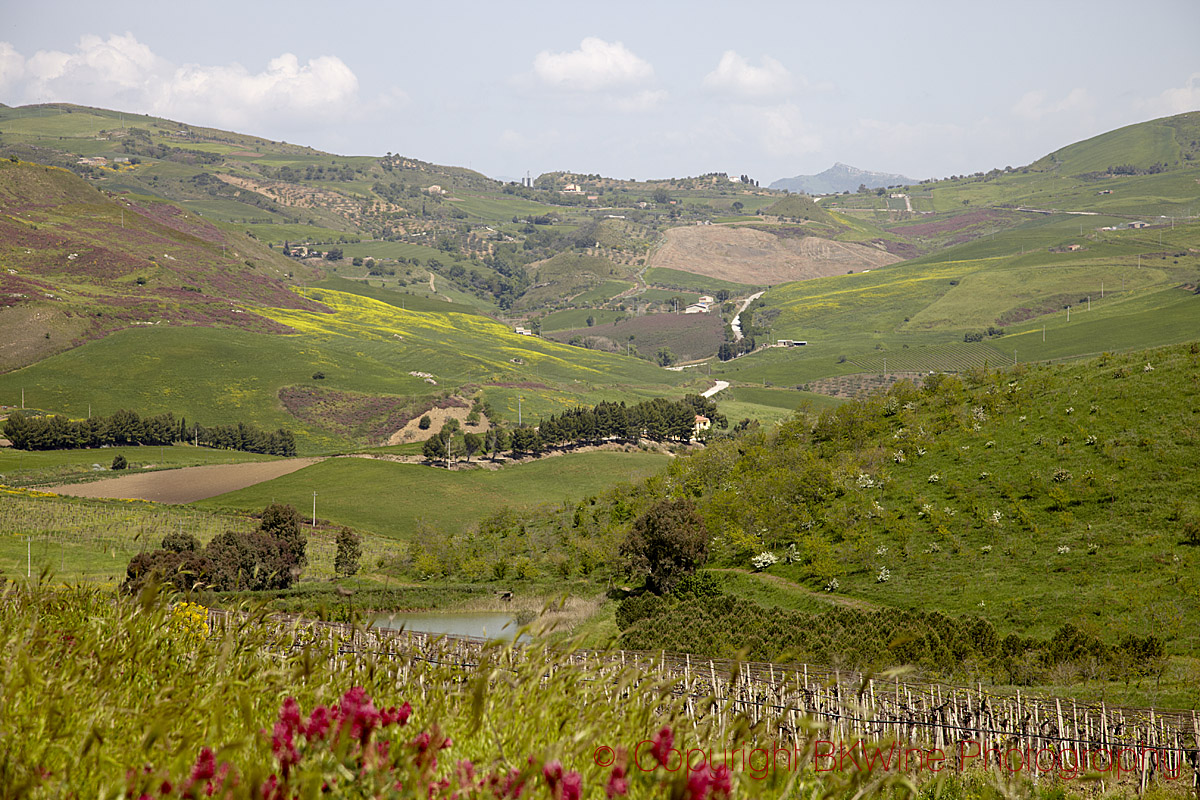
The 400 hectares estate is owned by the family Tasca d’Almerita. The sheep in the distance belong to the family and the milk is used for lovely pecorino. The olives and the almonds are picked and used for oil and pastries. It was in the late 1950s that the family Tasca d’Almerita decided to go for quality wine instead of continuing with the production of bulk wine. Rosso del Conte, the future flagship of the estate, was created in the early 1970s, and made people discover the quality of the indigenous grape nero d’avola. The family is still very fond of the indigenous grape varieties and they grow also inzolia, catarrato, grillo and nerello.
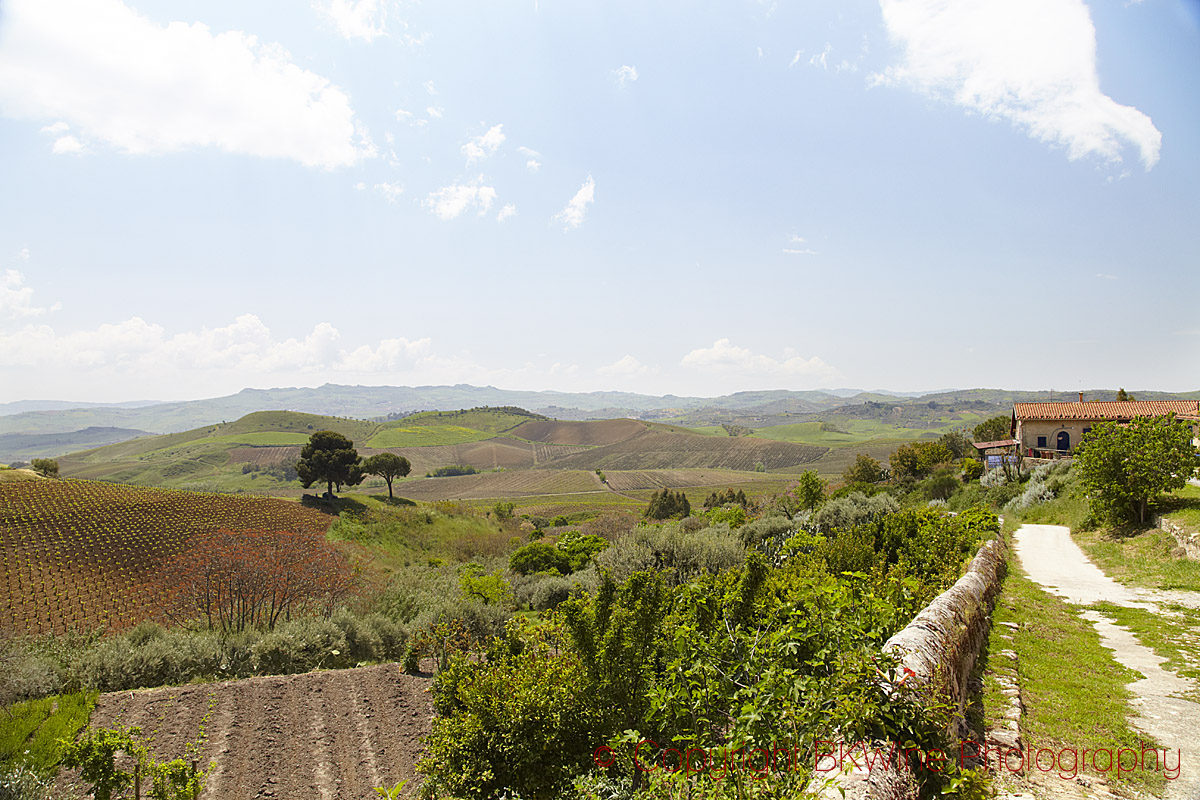
Cool mountains
Not only the high altitude, but also the large temperature differences between day and night help to improve the freshness in the wines. It can differ up to 20 degrees C between day and night in summer. “Then we also have the hot sirocco wind,” says Laura, “and the temperature can go up to 40 degrees during the day, on the coast the grapes are grilled. But here we pick the grapes early in the morning, when it is not more than 18 degrees.”
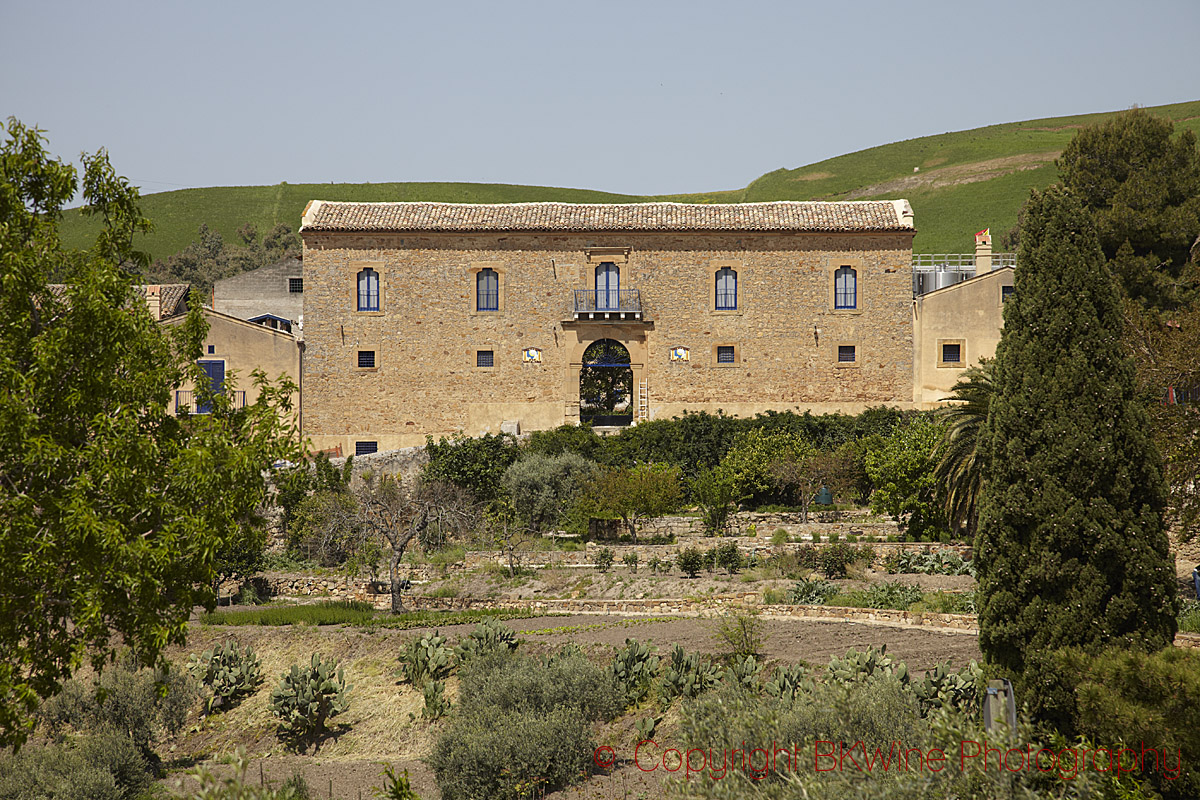
Tenuta Regaleali is only one of the family Tasca d’Almerita properties. It was the first, but now the family has vineyards in all directions in Sicily. They have bought two properties, a total of 18 hectares at Etna. Here are grape nerello mascalese is planted on the slopes of the volcano in the black lava soil. Another property – Capafaro – is situated on Salina, one of the Aeolian Islands north of Sicily. Here they cultivate 5 hectares of malvasia for the sweet wine Malvasia Tasca d’Almerita made from dried grapes. Capofaro is also a very luxurious hotel with 20 rooms.
Experimenting with yeast, oak, skin contact…
What is required to make a top wine, I ask Laura: “Hand harvesting, fine grapes and a clean cellar, but also good people. You must also be willing to experiment; it could be with different kinds of yeasts, different kinds of oak barrels, skin contact, etc.”
You should treat Sicilian grapes differently than, say, chardonnay, she says. “The Sicilian white grapes should not be aged in oak barrels because they will lose all their character. But for chardonnay is just an advantage with a bit of oak, it increases the complexity. ”
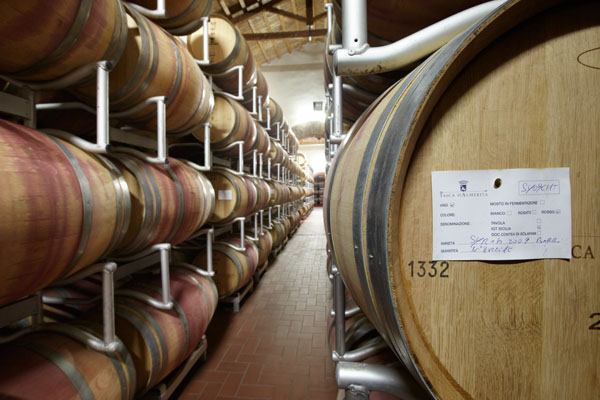
She is particularly interested in trying out different kinds of yeast. She uses both wild yeast and cultured yeast and she is experimenting a lot. For some wines, she uses cultured yeast that comes from the Regaleali vineyards. They work with a company that helps them to do this and it is still a bit experimental. For the cheaper wines, however, she uses cultivated yeast. “We are experimenting all the time, every year we try new yeasts. For inzolia for example, some yeasts give more flavours in the wine, while other accentuates the body. ”
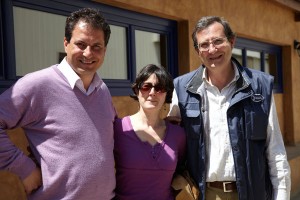
By choosing either remontage (pumping over) or pigeage (pushing down the cap) you can also monitor the extraction. “Remontage will give you a powerful extraction and pigeage will soften the tannins,” she says. “For the wines from Etna, we prefer to use pigeage.”
Remontage will give you a powerful extraction and pigeage will soften the tannins
In the barrel cellar there are a total of 1800 oak barrels for the reds. She tries out new barrels every year. She puts the same wine in barrels from different coopers and with different roasting to see what is best for each grape.” Oak is not a standardized product.” The small barrels are from France but there are also large barrels from Slavonia. At the beginning Rosso del Conti was aged in this big barrels but it is now aged in small 225-liters French barriques. The wines are always sealed with natural cork.
Some of Tenuta Regaleali’s excellent wines
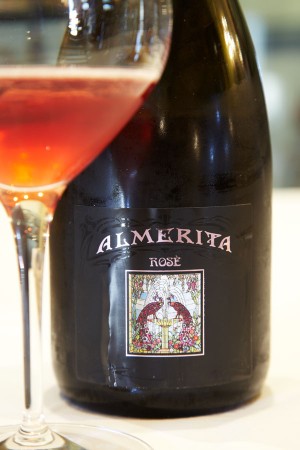
Rosé Spumante
DOC Contea di Schlafani
This sparkling wine is made from pinot nero and it is made with the traditional method, that is a second fermentation in bottle. A complex wine with good length. It goes very well with small panzerotti filled with ricotta cheese and thin, fried panelli.
Leone d’Almerita 2009
Sicilia IGT
The grapes are catarratto and a little bit of chardonnay, to give body, says Laura. The grapes are grown at 800 meters altitude. A good quality wine with freshness and a taste of tropical fruit. Quite full bodied. If you want to match it with a Sicilian dish, try pasta con fave, pasta with beans and grated pecorino cheese.
Diamante d’Almerita 2007
Moscato et Traminer Aromatico, Passito Sicilia IGT
German Eiswein was the inspiration for this wine. Sweet of course, very aromatic with a pleasant, high acidity. Try it with a cannolo, a crispy, typical Sicilian pastry filled with sweet ricotta cheese.
More recommendations
Lamùri d’Almerita
Sicila IGT
The grape is nero d’avola and the wine spends 12 months in old oak barrels.
Rosso del Conte
DOC Contea di Schlafani
The flag ship of Regaleali . The grape is nero d’avola and the wine spends 18 months in French barriques.
Nozze d’Oro
DOC Contea di Schlafani
The grapes are inzolia och sauvignon tasca, which is the estates own clone of sauvignon blanc
[box type=”info”]Sicily has many great wines and is a region with a fantastic diversity. If you want to discover more of it you can go on a wine tour to Italy with BKWineTours.com![/box]
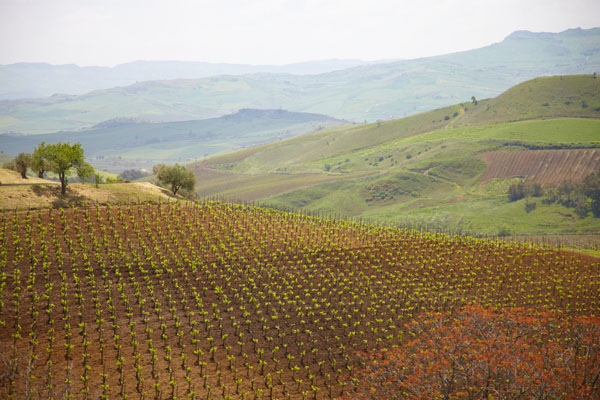
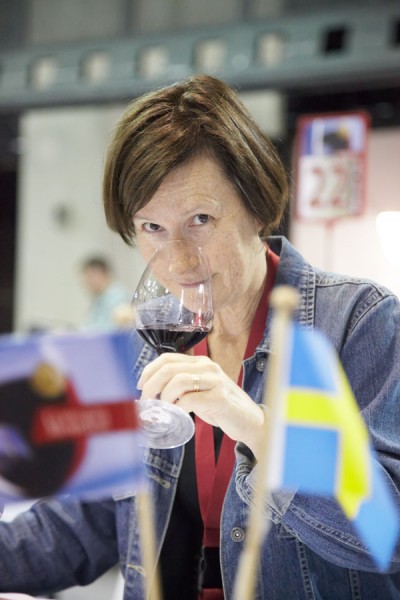
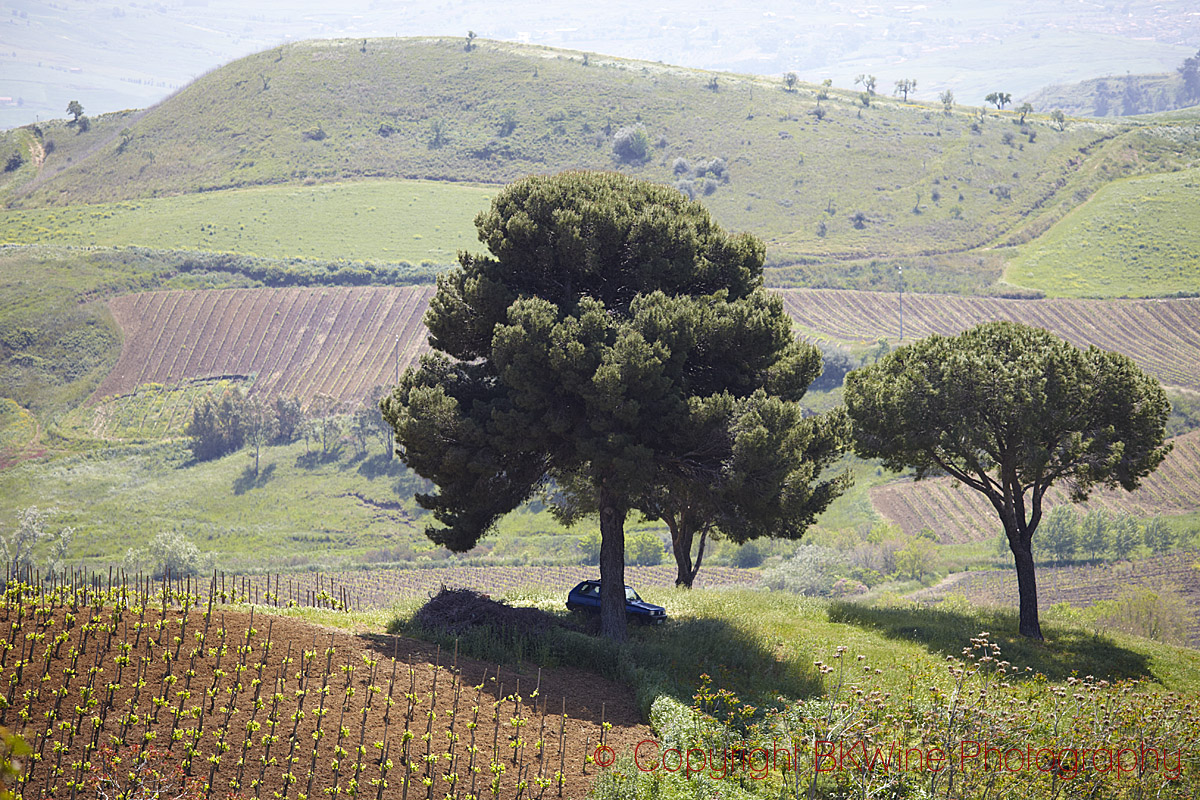
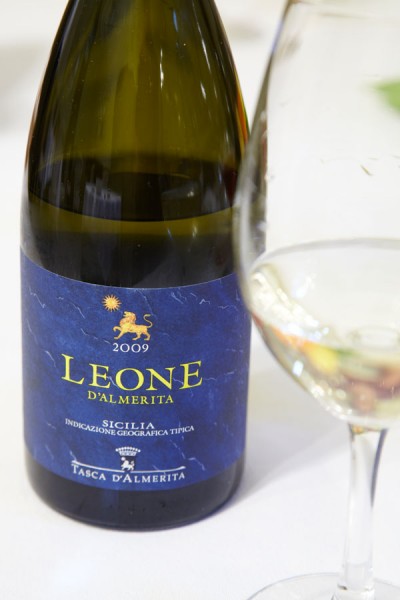
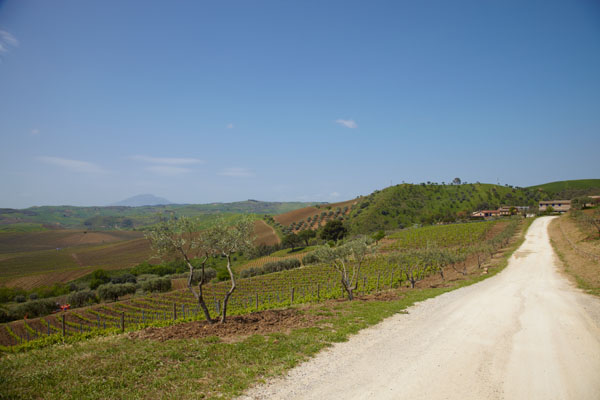




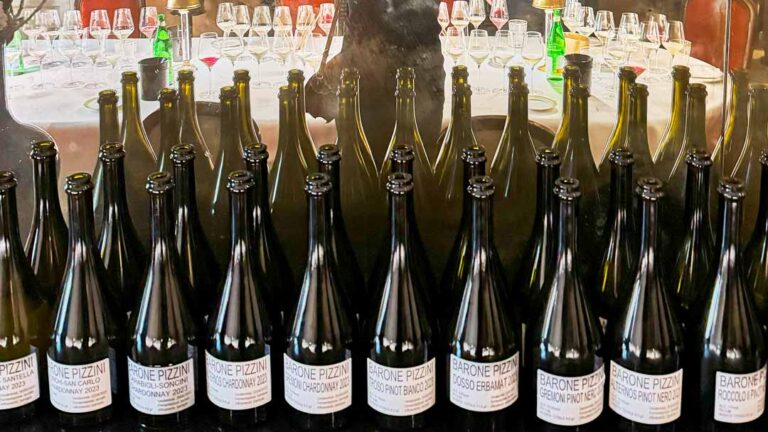






5 Responses
Meu tetra avô Giovanni Battista Orsi, enólogo de Narbonne, Italia(Narbona), veio ao Brasil em 1812 casou-se voltou à Itália retornando em 1825 à pedido de Princesa Leopoldina e D.Pedro I, para plantar uvas e fazer vinhos iguais aos da Europa.
After a very selective Regaleali (red) in the late ’80s/early ’90s, I have been totally unable to find the same wine. Not sure about the rest of the name, and it’s definitely a Sicilian, pretty sure it was 14%, and at the applicable era was £10. Expectantly more now, and most likely to be worth it !
If anyone can suggest a UK source, please let me know, and thank you too,
Lancelot S.
Lancelot,
Don’t know where to find them in the UK. They’re a fairly big producer so I’d be surprised if they didn’t have distribution in the UK.
You could always try contacting them:
https://tascadalmerita.us/en/tenute/regaleali/geo.php